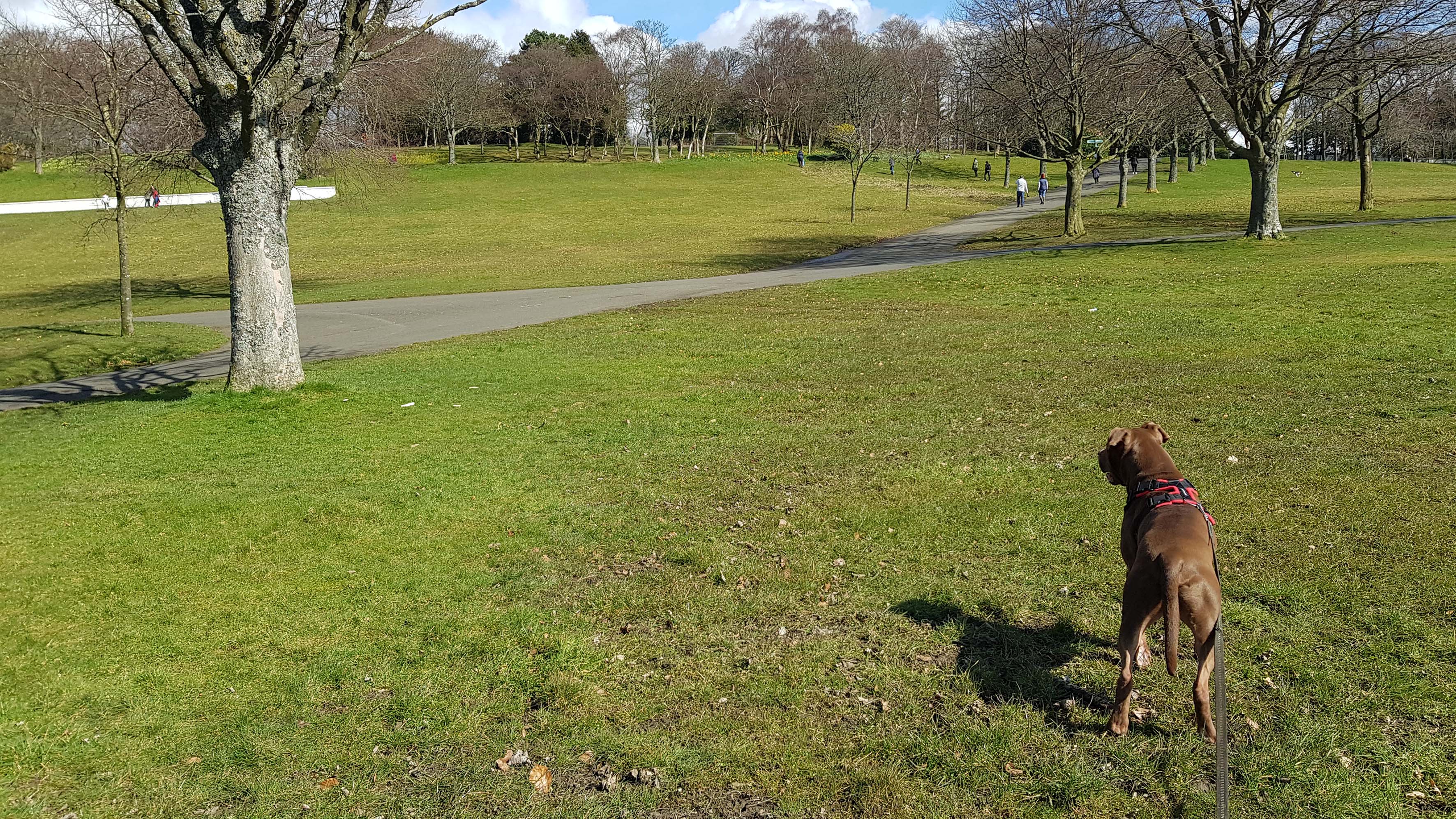
The Quadrants! For those of you who are not familiar with this term, it is used to describe four (not all) of the elements of operant conditioning, which explains how animals, including us, learn.
The quadrants referred to are positive reinforcement, positive punishment, negative reinforcement, and negative punishment. Go on to any dog training group and you will almost be guaranteed to find discussions (often very heated ones) on this topic. You may also see it described as a graphic with four boxes and the terms R+, P+, R-, and P-. I’m not sure who first came up with the term “quadrants”, although I’m pretty sure it wasn’t BF Skinner as I’m hard pressed to find reference to this word in the works of his I’ve looked at. It is a useful teaching aid for learning four (not all) of the aspects of operant learning, but I think it has its limitations and if we want to be better trainers and teachers, we need to understand it’s limitations, what it was designed for and how to think outside these four boxes. If you want to understand these terms, please Google “operant conditioning”. Look for an academic site, I’d link one here, but FB algorithms will kick in and this post might not be seen by many people if they do.
Trainers who train dogs with a progressive, positive mindset, often say they only use positive reinforcement training. While well intentioned, they are wrong. I include myself in this group and I design all of my training choices to weigh heavily in favour of positive reinforcement training, but the world isn’t under my control and other facts will influence the learning of the animals and humans I am working with. What I can state absolutely, is that I will never use certain training tools or intentionally use fear, intimidation, coercion, pain, or discomfort to change behaviour. Other trainers who are willing to use pain, coercion etc, freely admit that they dip in and out of the four quadrants whenever they feel they need to. I don’t hide my opinion on the use of all four quadrants, I think it is unnecessary and counter productive.
A couple of examples…
It’s a hot day and you are working outdoors. You get too hot and decide to take a break and go indoors where it is cooler. Are you adding coolness to your body (positive reinforcement) or are you removing the heat from the sun (negative reinforcement). The answer is both. Both contingencies are al play at the same time. Remember, the natural world doesn’t care about the quadrants, these contingencies are at play regardless of how we (humans) describe them. Does an atom care that it’s an atom or is that the world we have assigned to it to explain its relationship with the world? Similarly, if your dog moves away from a smell they don’t like, are they accessing clean, fresh air or escaping the rancid smell. Both.
Second one. Your dog is uncomfortable around other dogs. We can reinforce the behaviours of being calm around the other dog (positive reinforcement of other behaviours) or we can allow the dog to move away from the other dog if they get closer (Negative reinforcement of the moving away behaviours). Which one would they dog prefer, do you think? Which one is amore ethical option? Which one is less aversive for the dog? I’m very aware at this point that some (many) may jump on this and criticise me or take that I am condoning the use of negative reinforcement protocols. I am aiming to make the training protocol the least aversive, most positive experience I can for the dog. In this second example, I think it would be questionable ethically if I were to deliberately move the dog back to where they were uncomfortable in order to reinforce the calm behaviours by moving away. I’m not suggestion we do that. But there is every likelihood that they dog will have learned that, given similar conditions in the future, they can move away.
Good (ethical, progressive, positive) training is nuanced and needs knowledge of both the theory and how to apply it. There is a human element involved and we need to understand that these human factors, and all the judgements, prejudices, belief systems, world views etc which are part of the human condition, go along with training the animals in our care and influence them. The quadrants are the very start of that understanding and only a very small part at the start. I think these terms should be used only as the start of our knowledge and we should not limit ourselves to the expanse of operant learning by trying to explain everything in 4 boxes. The world, and our minds, are much bigger than that.
Lastly, I can never tell which posts people will find contentious and which ones won’t. I’ve been doing this long enough to realise that this one might, but I’m often surprised. If you are inclined to react immediately to this, please take a moment or an hour to review the information in this post. If you are unsure of any of the terms, please research them before commenting (from an academic source). The world is a very divided and partisan place at the moment, I don’t allow my page to further people being angry, cruel or unkind to each other, there’s already far too much of that as there is. If you really disagree with what I’ve said here, that’s totally cool, you are free not to express that disagreement emotionally on this page.
Love and peace.
















